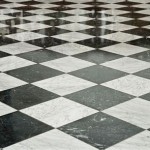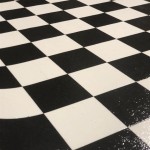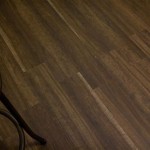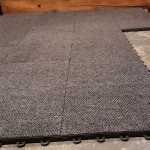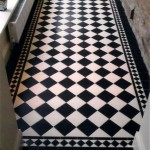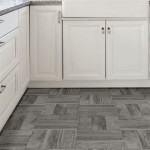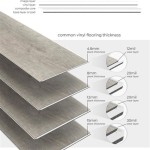Non-Slip Floor Tiles For Bathroom
Bathrooms are notoriously slippery, with wet surfaces and slick tiles making it easy to lose your footing. This can be especially dangerous for young children, the elderly, and those with mobility issues. The solution? Non-slip floor tiles. But what are these tiles, and how do you choose the right ones for your bathroom?
What Are Non-Slip Floor Tiles?
Non-slip floor tiles are designed to reduce the risk of slipping and falling by providing a high level of traction. They do this by incorporating a variety of design features, such as:
- Textured surfaces: These tiles have a rough or embossed surface that creates friction and helps to prevent your feet from slipping.
- Rounded edges: Rounded edges reduce the chances of tripping or catching your foot on the tiles.
- Raised patterns: Some tiles have raised patterns or studs that provide additional traction underfoot.
Choosing the Right Non-Slip Floor Tiles
When choosing non-slip floor tiles for your bathroom, there are a few key factors to consider:
- Slip resistance: This is the most important factor to consider. The higher the slip resistance, the less likely you are to slip and fall. Choose tiles with a slip resistance rating of at least 0.5.
- Durability: You want your tiles to be able to withstand the wear and tear of daily use. Choose tiles that are made from a durable material, such as porcelain or ceramic.
- Style: Non-slip floor tiles come in a variety of styles, so you can find the perfect ones to match your bathroom decor.
Installing Non-Slip Floor Tiles
Installing non-slip floor tiles is a relatively straightforward process. However, it is important to follow the manufacturer's instructions carefully to ensure a proper installation.
Here are the basic steps for installing non-slip floor tiles:
- Prepare the subfloor: The subfloor should be level and smooth. If the subfloor is not level, you will need to level it before installing the tiles.
- Apply thin-set mortar: Spread a thin layer of thin-set mortar onto the subfloor using a notched trowel.
- Set the tiles: Place the tiles onto the thin-set mortar and press them down firmly. Be sure to leave a small gap between the tiles for grout.
- Grout the tiles: Once the tiles are set, apply grout to the joints between the tiles. Use a rubber float to spread the grout and remove any excess.
- Seal the grout: Once the grout is dry, seal it with a grout sealer to protect it from moisture.
Maintenance
To keep your non-slip floor tiles looking their best and performing at their peak, it is important to clean them regularly.
Here are some tips for cleaning non-slip floor tiles:
- Sweep or vacuum regularly: This will remove dirt and debris that could make the tiles slippery.
- Mop with a mild cleaning solution: Use a mild cleaning solution and a microfiber mop to clean the tiles. Avoid using harsh cleaners, as these can damage the tiles.
- Rinse the tiles thoroughly: After mopping, rinse the tiles thoroughly with clean water to remove any soap residue.

60x120 Non Slip Rustic Ceramic Tiles For Bathroom Floor Tile Made In Com

Knowyourtiles Anti Slip Ratings Explained News Events Hafary

Best Nonslip Shower Floor Tile Ideas 2024 Updated Page Country Floors

How To Choose Non Slip Bathroom Floors

Best Shower Floor Tiles Non Slip Ideas 2025 Updated Country Floors

Thickened Bathroom Kitchen Non Slip Floor Tile Stickers Self Adhesive Waterproof Bedroom Living Room Wallpaper

Why Anti Slip Flooring Bathroom Tiles Coating For Elderly

Anti Slip Floor Tiles For Bathroom Kitchen Garden And Other Flooring

Lifeproof Take Home Tile Sample Carrara 18 In X Porcelain Floor And Wall Lp501818sam1p6 The

Non Slip Tiles For Bathroom Texture

